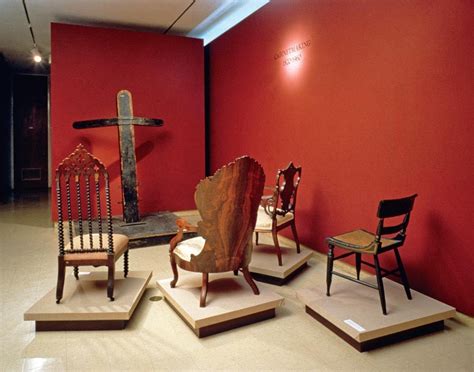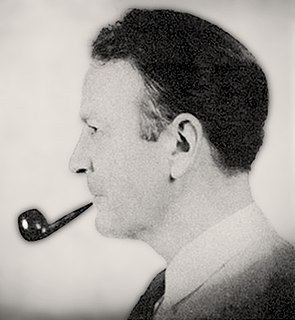A Quote by Sinclair Lewis
Related Quotes
Sometimes when I walk into one of my own stores, I look at the display and say, "This looks so good - I want to buy it." Yet other times I walk in and the displays and mannequins will be all wrong, and I don't want to buy anything. When a customer walks into a store, she's looking for inspiration. So I'm tuned in to people, and I care about what they need and who they are.
It is said if an organization listens to the complaint of a customer and the problem is fixed, the customer remains a loyal customer and tells approximately seven others about the experience. Conversely, if a person is ignored and the problem not fixed, that customer will not deal with that organization anymore and will tell approximately twenty other people about the negative experience.
Research is an organized method of trying to find out what you are going to do after you cannot do what you are doing now. It may also be said to be the method of keeping a customer reasonably dissatisfied with what he has. That means constant improvement and change so that the customer will be stimulated to desire the new product enough to buy it to replace the one he has.
Convincing isn't really possible in an age of customer control. Customers hold most of the cards today. They have good visibility into their choices, and they can easily share information with each other. Not only that, they don't like to be sold. But they do like to buy. Your job shouldn't be to convince customers to buy, but to help them buy what they want.
The best way to apologize is to let the customer vent first. Don't interrupt, just take notes and make empathetic noises. You can even tell the customer that it makes you mad too. Second, ask the customer what their speed of need is. Tell them what they ant to hear. That you apologize, that you understand how they feel, that you are meeting with the appropriate people to get a resolve, and that it will be done in 24-hours.
The most common way customer financing is done is you sell the customer on the product before you've built it or before you've finished it. The customer puts up the money to build the product or finish the product and becomes your first customer. Usually the customer simply wants the product and nothing more.
The agent never receipts his bill, puts his hat on and bows himself out. He stays around forever, not only for as long as you can write anything that anyone will buy, but as long as anyone will buy any portion of any right to anything that you ever did write. He just takes ten per cent of your life.





































